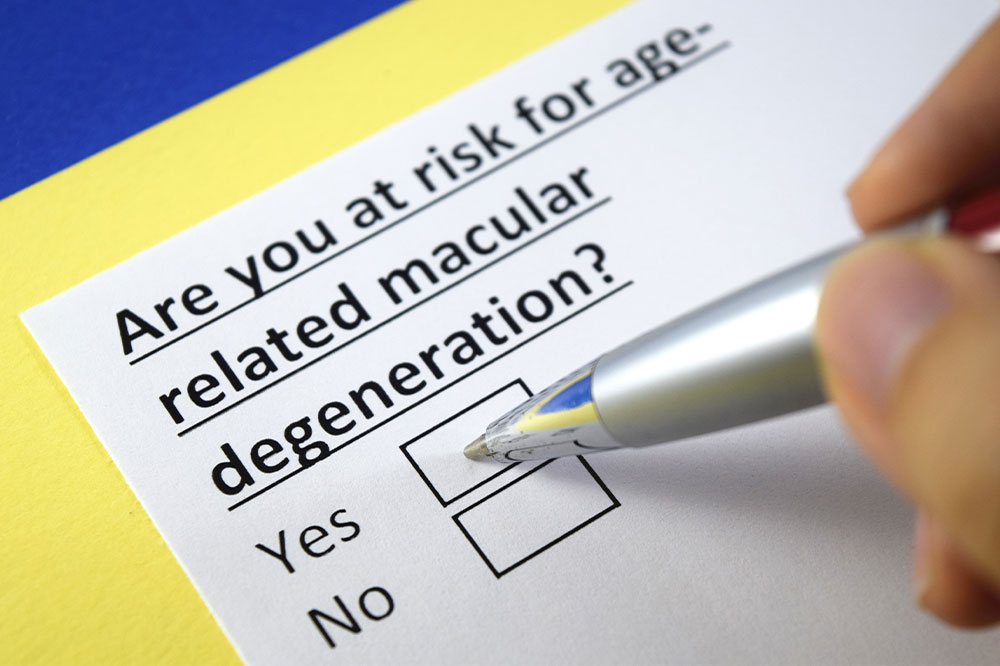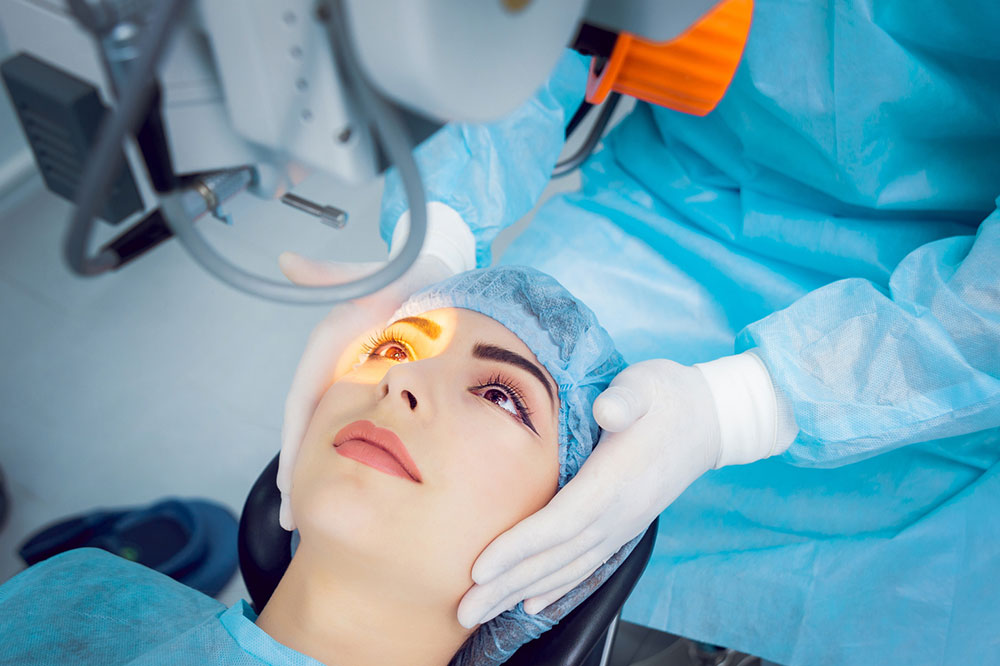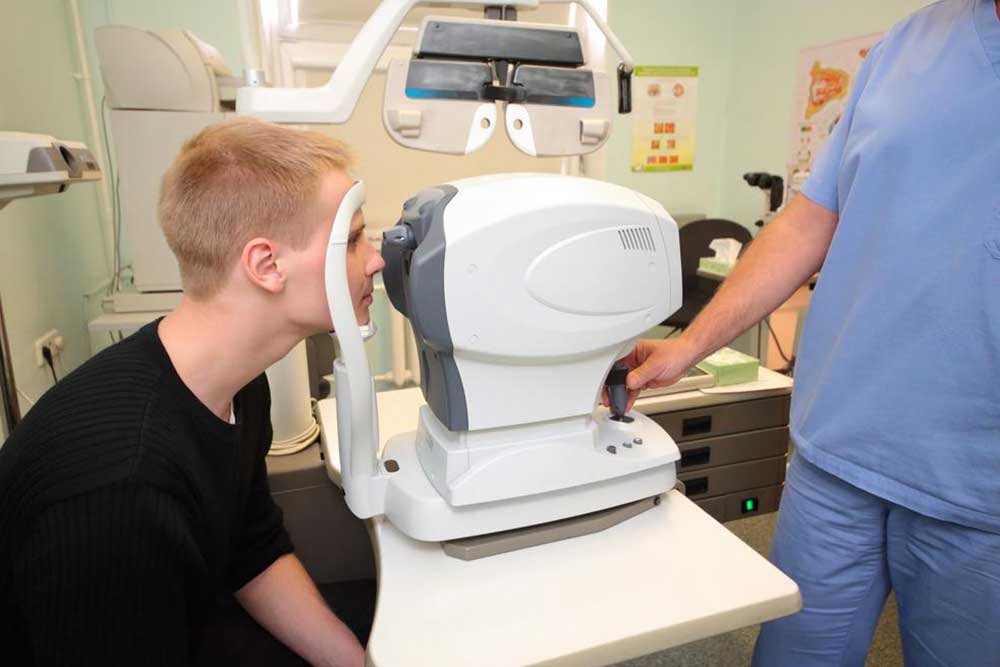Understanding Age-Related Macular Degeneration: Causes, Types, and Advances in Treatment
This article explores age-related macular degeneration (AMD), including its causes, symptoms, types, and latest treatment options. It emphasizes early detection and preventive measures to help preserve vision. Advances such as new surgical techniques and stem cell therapy offer hope for improved management and potential vision restoration. Regular eye check-ups and lifestyle changes are vital to prevent or slow AMD progression, especially for those over 50. Understanding AMD's risks and early signs can make a significant difference in treatment outcomes and quality of life.

Understanding Age-Related Macular Degeneration: Causes, Types, and Advances in Treatment
Macular degeneration, commonly called age-related macular degeneration (AMD), leads to loss of sharp, central vision. Primarily affecting individuals over 50, rare juvenile cases also occur. AMD impairs the ability to focus on objects directly ahead, making activities like reading and face recognition challenging. Treatment varies depending on the AMD type and severity, with recent innovations offering hope for better management.
Causes
Although the exact cause remains unknown, aging is a significant risk factor. Changes occur in the macula, the central part of the retina, leading to AMD in older adults.
AMD manifests as either dry or wet form.
Dry AMD
With aging, light-sensitive cells in the macula decline gradually. This leads to decreased central vision, and buildup of waste in the retina forms small deposits called drusen. As drusen grow, vision worsens, characteristic of dry AMD.
Wet AMD
Involves formation of tiny abnormal blood vessels beneath the macula that leak fluids or blood, causing scarring and damage to the retina. This aggressive process results in severe vision loss.
This can cause blind spots and distorted vision.
Symptoms
Central vision becomes blurred, often unnoticed until loss progresses.
Faces, text, and images appear distorted in the central field of view.
Sharp vision deteriorates, making details hard to see, affecting reading and driving.
Contrast detection diminishes, complicating object recognition against backgrounds.
Dry AMD presents with hazy vision, dull colors, and difficulty recognizing faces.
Wet AMD leads to rapid vision decline, with blind spots, distortions, and hallucinations.
Early eye exams are crucial once symptoms appear.
Risk FactorsWhile AMD causes are not fully understood, age and family history are primary risks. Additional factors include smoking, excessive sunlight, ethnicity, obesity, high blood pressure, and cardiovascular issues. Emerging Treatments
Currently, AMD has no cure. For dry AMD, lifestyle adjustments such as better lighting, large-print materials, and vitamin-rich diets slow progression. For wet AMD, treatments include anti-VEGF injections and laser procedures. Newer solutions like macular translocation and lens implantation show promise, repositioning or replacing parts of the eye to improve vision. Stem cell therapies are also in clinical trials, aiming to regenerate retinal cells. Prevention Tips
To delay AMD onset, avoid smoking, maintain a balanced diet rich in leafy greens, and shield eyes from UV rays. Regular checks with an ophthalmologist, especially over 65, help catch early signs. Use tools like the Amsler’s grid daily to monitor vision changes. Supplements with zinc and antioxidants can lower AMD risk. Early detection leads to better management options and preservation of vision. Routine eye exams are vital for maintaining ocular health.










